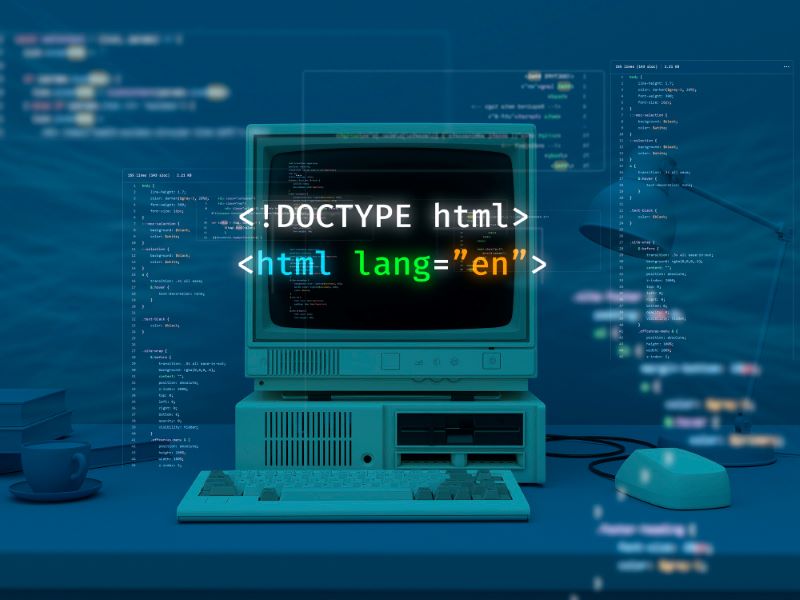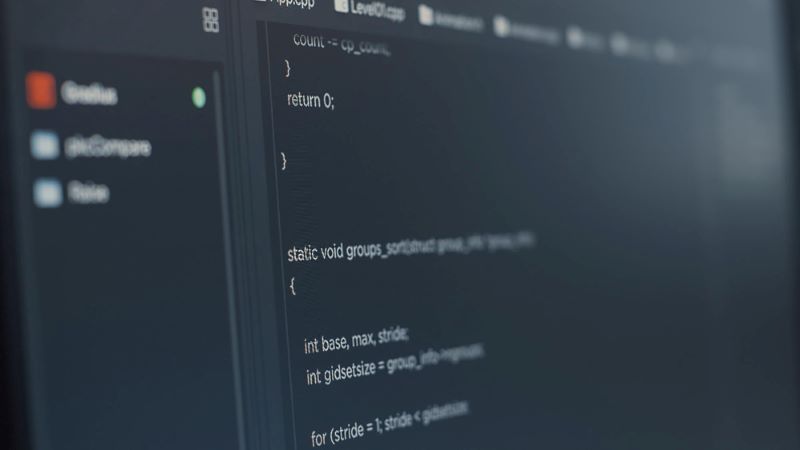Using a Scraping API to Extract Data From HTML Code

The internet and web pages built on it have come a long way from the days of simple website frameworks built completely with HTML and CSS. Nowadays, websites have a lot of new elements incorporated into them from JSON elements, to Javascript frameworks, and so much more. But one thing that has not changed is that HTML continues to be a very important part of the underlying framework for building websites.
The changes in the way websites are built have however made it a lot more difficult to access data inputted and embedded on websites. There are several categories of information that can be extracted from a web page. However, most of these data are embedded between lines of HTML code that have to be parsed and processed to identify the actual data attributes and extract them. To extract data from HTML code, therefore, requires more than just the average data collection method. You need an HTML web scraping tool.
While some web scraping tools can only extract text, some can do more. An effective web scraping tool can extract any specific data as directed; even as specific as title tags. To extract HTML data, you need to get an efficient web scraping tool. In this article, we will explore how to extract data from the HTML code of websites and the various applications of data extracted from websites. We’ll also take a look at using a web scraping API to connect data from websites directly to your business database for easy access. You can use the table of contents below to navigate around the article to your preferred sub-topic:
Table of Contents
How to Extract Data From HTML

The process of using a web scraping tool to extract data from the HTML code of a website is fairly straightforward and simple even (which serves to prove the case of why you should invest in a web scraping tool when you need to extract HTML data). To begin the process, you need to first install web scraping software. Make sure you read and understand the necessary information about the software before installing it. The documentation of the software will tell you all you need to know about making the software serve your needs effectively. Also, the nature of the information that you need from scraping a page determines the type of software you will be installing. So you need to be sure that the software you are installing can do what you need.
Immediately after installation, the scraping tool is ready to use. Most tools require you to submit a specific URL so the page can be rendered. Once the URL has been scanned, you can select the preferred information you will like to extract. The tool then tries to collect data on the element you have selected and present it in a readable format.
For most web scraping tools with the capacity to collect different categories of information, there is a sequence of extraction for each selected element on a page. For example, after selecting an element, most scraping tools first extract the text (this is the default category of information that scrapers extract).
After extracting the text for the element, you can go on to select the href attribute, full HTML, Inner HTML, and any other preferred attribute among others. Other categories of extractable data may include Class Attribute, JSON object, date, and Captcha. As stated earlier, available categories of data differ from one web scraping tool to another.
However, with the Scraping Robot’s HTML Scraper, you can simply input the URL of the HTML page that you want to extract the information contained in it. This tool then helps you extract the HTML page and makes the entire file available in CSV format. You can then proceed to download the file or export it directly into your database.
Extract HTML Data With a Scraping API

To take your data extraction process one step further, you can also invest in a web scraping API. An API (Application Programming Interface) is software that serves as an interface between disparate pieces of software or web applications, helping them to communicate data and transfers functionality without exposing the underlying code behind each data or functionality transfer. APIs have totally changed the way the internet works and made it extremely easy to connect completely different pieces of software and communicate data between them. Previously, a slight difference in the programming framework of two pieces of software would make it impossible for data to be transferred directly between them. With APIs however, data can simply be transferred without any extra requirements, differences in framework notwithstanding.
Using a scraping API enables you to set up a data collection funnel that goes from your scraping software to the API and then directly into your database or data analytics software without any manual input. APIs also make it possible for you to set up automated data extraction sessions. This means you can set up your API to send commands to your scraping software at regular intervals to extract a particular category of data from a specific web page, even when you are absent. This makes it possible for you to collect real-time data and keep an eye on datasets that are constantly changing, such as stock prices. Once the data you need has been collected, the API transfers it directly into your connected software and you can get right to extracting valuable insights from the collected data. Now let’s look at the kinds of valuable insights that you can extract when you collect HTML data.
5 Reasons to Collect HTML Data

Seeing as the ability to extract data from HTML means you can collect data from nearly any website on the internet, the applications of HTML data are innumerable. Apart from the text data, which is usually the user inputted or user-generated aspect of HTML data, other datasets like HREF attributes, JSON objects, dates, etc., can also tell you a lot about the way the text data or even image data you obtained is formatted or give you more context on the value of the data. So let’s take at a few reasons why you need to be able to extract data from HTML code.
Social media data collection
One of the most valuable corners of the internet where you absolutely need to be able to obtain data in large volumes right now is the social media space. Social media platforms have become the number one channel of expression for billions of people all around the world, old and young, male and female. Regardless of what you might selling or the service you are offering, there are definitely people talking about you (or what could be you) on social media spaces. You probably already have a method of keeping an eye on social media platforms but extracting data directly from the HTML codes of these platforms allows you to get access to even more data that can serve to inform you about consumer preferences, customer reviews, industry trends and so much more.
Monitoring the competition
Your competitors are your best friends when it comes to action-oriented data. Data collected from your competitors will either tell you what you should be doing or what you shouldn’t be doing. Either way, it is valuable. Ad one of the best places to obtain data about your competitors is from their own website. When you extract data from HTML code on your competitors’ websites, you learn a lot about their business strategies, plans, and methods. Even the structure of their website can give you insight into how to improve your won website.
Pricing
Say you run an eCommerce business. By extracting product data from a platform like Amazon, you can learn a lot about the prevalent trend for pricing products in your niche and use this insight to develop a competitive pricing strategy that will attract customers without hurting your bottom line.
Recruitment
When it comes to developing a recruitment strategy, it is not enough to simply create job openings and look for people to fill them. You have to develop a recruitment strategy that anticipates your future personnel needs based on your business plan and allows you to keep a pool of potential candidates at hand. Successfully doing this requires a lot of data that you can obtain from job aggregation websites with the aid of an HTML scraper.
Collecting business data
If you sell a B2B product or service, then you are almost constantly in need of quality data on businesses around you or even in distant places. With the aid of an HTML scraper, you can extract data from websites and use it to build a pool of data on businesses that might be your potential customers.
Extract Data From HTML Files With Scraping Robot

Like we said earlier in this article, different scraping tools exist, focusing on collecting different aspects of HTML data. However, the Scraping Robot web scraping software is an all-inclusive tool that allows you to collect all categories of HTML data. With our HTML scraper, you can collect any and all categories of HTML data from any and all types of websites. We also have a scraping API dedicated to helping you connect our scraping software directly to any other software of your choice for easy transfer of the data you have extracted. With these two tools that we provide, we make it easier than ever for you to extract data from HTML and also to set up a data funnel that requires almost zero manual input. Our scraping software costs only $0.0018 per scrape and you even get 5000 free scrapes when you sign up.
Conclusion

To sum it up, the ability to extract data from HTML codes helps you revolutionize your data collection efforts. When an effective data scraping tool is used, the required information is well arranged and classed. The Scraping Robot’s HTML Scraper even allows the input of multiple URLs at once. It is a smart tool that saves a great deal of stress.
The information contained within this article, including information posted by official staff, guest-submitted material, message board postings, or other third-party material is presented solely for the purposes of education and furtherance of the knowledge of the reader. All trademarks used in this publication are hereby acknowledged as the property of their respective owners.
